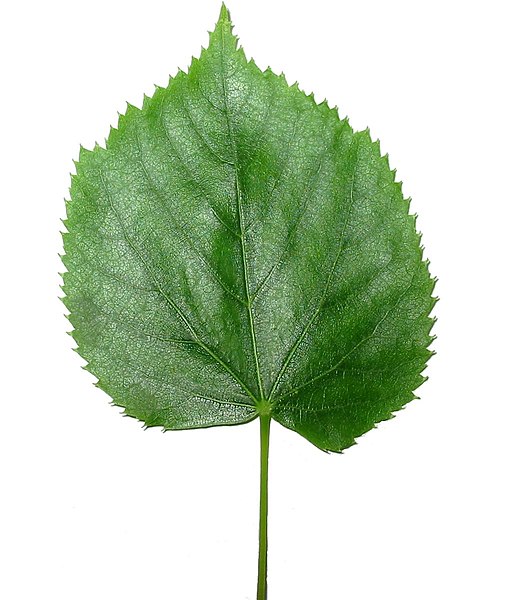In botany, succulent plants, also known as succulents, are plants with parts that are thickened, fleshy, and engorged, usually to retain water in arid climates or soil conditions. The word succulent comes from the Latin word sucus, meaning "juice" or "sap".
Succulent plants have thickened stems, or leaves, such as this Aloe.
The center rosette of (Aloe polyphylla)
A collection of succulent plants, including cacti, from the Jardin botanique d'Èze, France
Succulents, such as these Adromischus marianae, Crassula deceptor and Conophytum, share an affinity for arid, fast-draining soils, often growing directly on rocks
A leaf is a principal appendage of the stem of a vascular plant, usually borne laterally aboveground and specialized for photosynthesis. Leaves are collectively called foliage, as in "autumn foliage", while the leaves, stem, flower, and fruit collectively form the shoot system. In most leaves, the primary photosynthetic tissue is the palisade mesophyll and is located on the upper side of the blade or lamina of the leaf but in some species, including the mature foliage of Eucalyptus, palisade mesophyll is present on both sides and the leaves are said to be isobilateral. Most leaves are flattened and have distinct upper (adaxial) and lower (abaxial) surfaces that differ in color, hairiness, the number of stomata, the amount and structure of epicuticular wax and other features. Leaves are mostly green in color due to the presence of a compound called chlorophyll which is essential for photosynthesis as it absorbs light energy from the sun. A leaf with lighter-colored or white patches or edges is called a variegated leaf.

Leaf of Tilia tomentosa (Silver lime tree)
Vein skeleton of a leaf. Veins contain lignin that make them harder to degrade for microorganisms.
Near the ground these Eucalyptus saplings have juvenile dorsiventral foliage from the previous year, but this season their newly sprouting foliage is isobilateral, like the mature foliage on the adult trees above
A leaf shed in autumn








